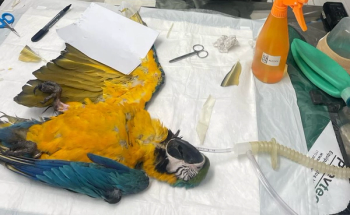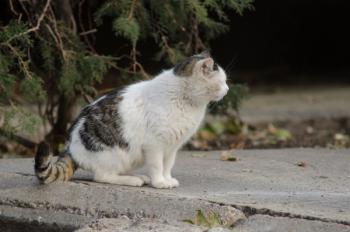
Journal Scan: Which antibiotic is best for upper respiratory tract disease in shelter cats?
A look at how to best halt these infections in shelters.
What they did
Researchers obtained conjunctival and nasal swabs from shelter-housed cats with signs of upper respiratory tract disease. Cats were then randomly assigned to one of three treatment groups:
- Amoxicillin-clavulanic acid: 12.5 mg/kg orally twice a day for 14 days
- Cefovecin: 8 mg/kg subcutaneoulsy once
- Doxycycline: 10 mg/kg orally once a day for 14 days.
Signs (e.g. oculonasal discharge, sneezing) were scored on a scale from 0 to 3 and were assessed twice a day for 14 days.
What they found
Cats treated with amoxicillin-clavulanic acid showed the greatest increase in body weight at the end of the treatment period, and those treated with doxycycline showed the greatest improvement in clinical signs. Cats in all groups appeared to demonstrate improvements in demeanor and food intake, although this happened earlier in the course of therapy for cats treated with amoxicillin-clavulanic acid. Mycoplasma species and Bordetella bronchiseptica were the bacterial isolates most commonly identified.
Take-home message
The authors note that oral administration of doxycycline or amoxicillin-clavulanic acid is a suitable first-line choice for therapy of shelter-housed cats with signs of upper respiratory tract disease.
Litster AL, Wu CC, Constable PD. Comparison of the efficacy of amoxicillin-clavulanic acid, cefovecin, and doxycycline in the treatment of upper respiratory tract disease in cats housed in an animal shelter. J Am Vet Med Assoc 2012;241:218-226.
Link to abstract:
Newsletter
From exam room tips to practice management insights, get trusted veterinary news delivered straight to your inbox—subscribe to dvm360.






